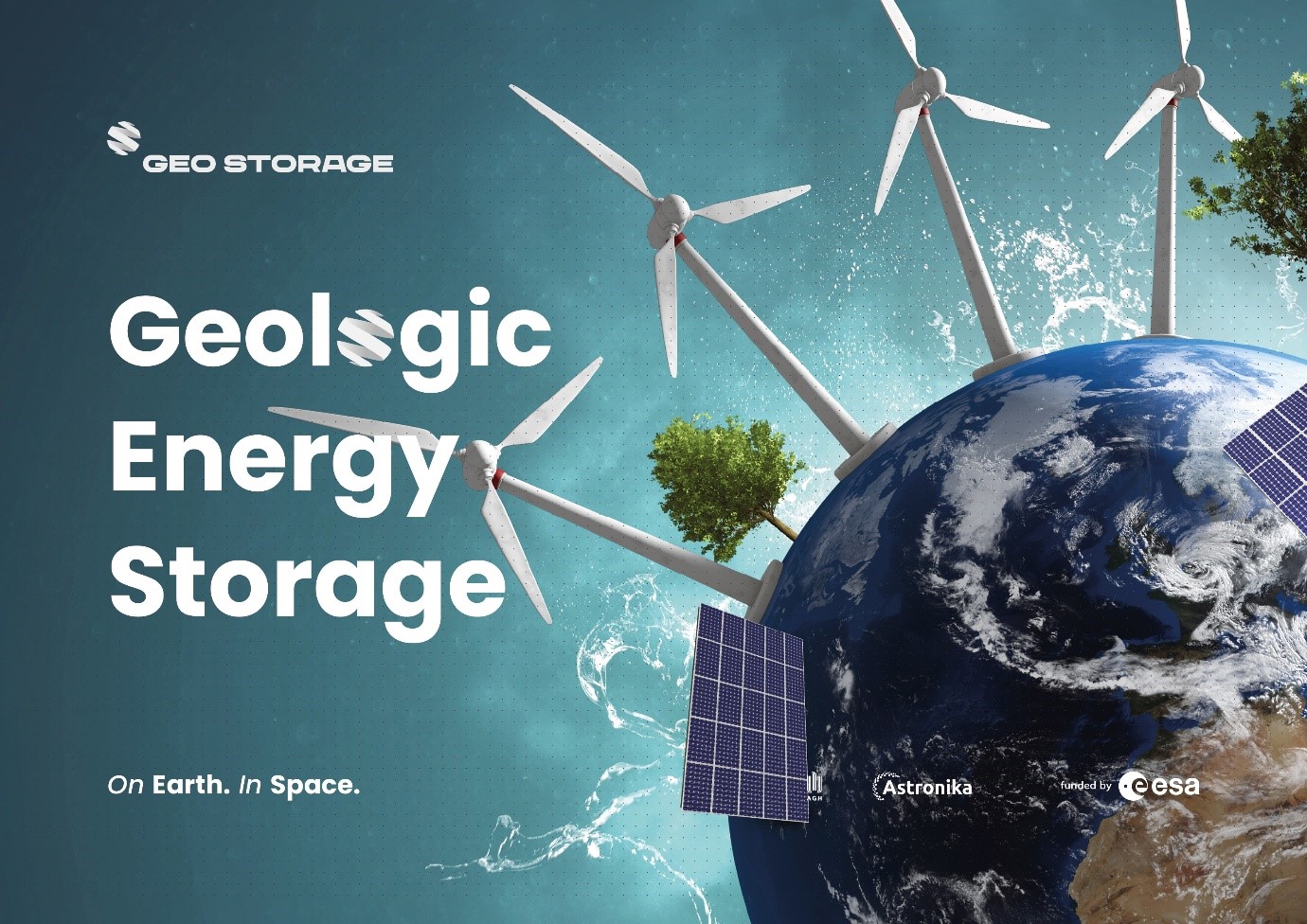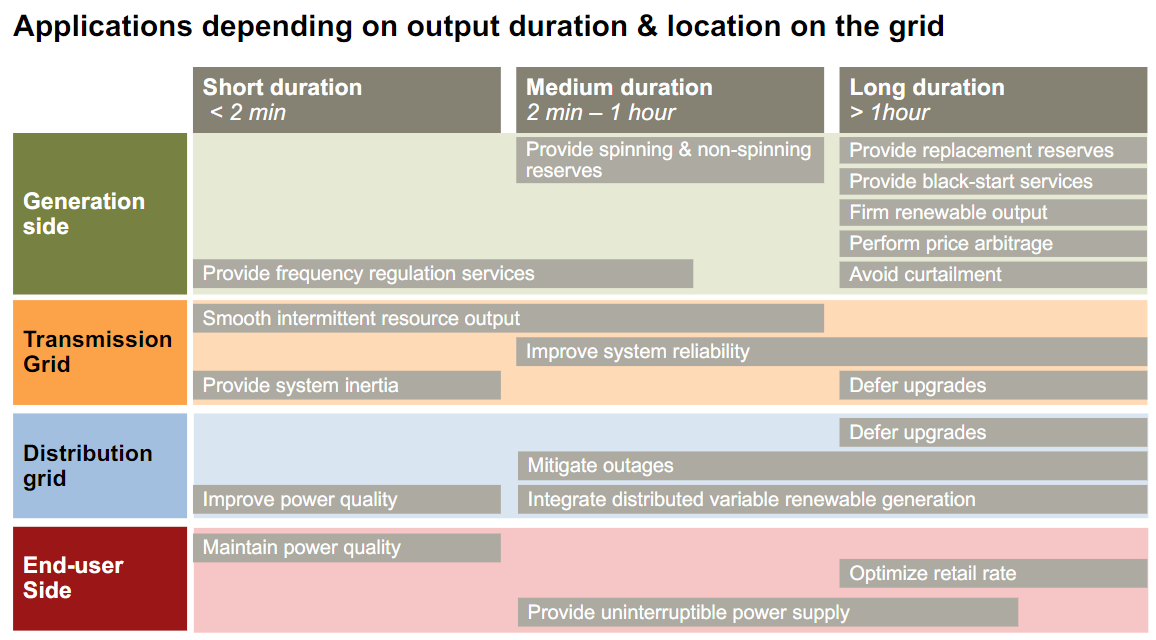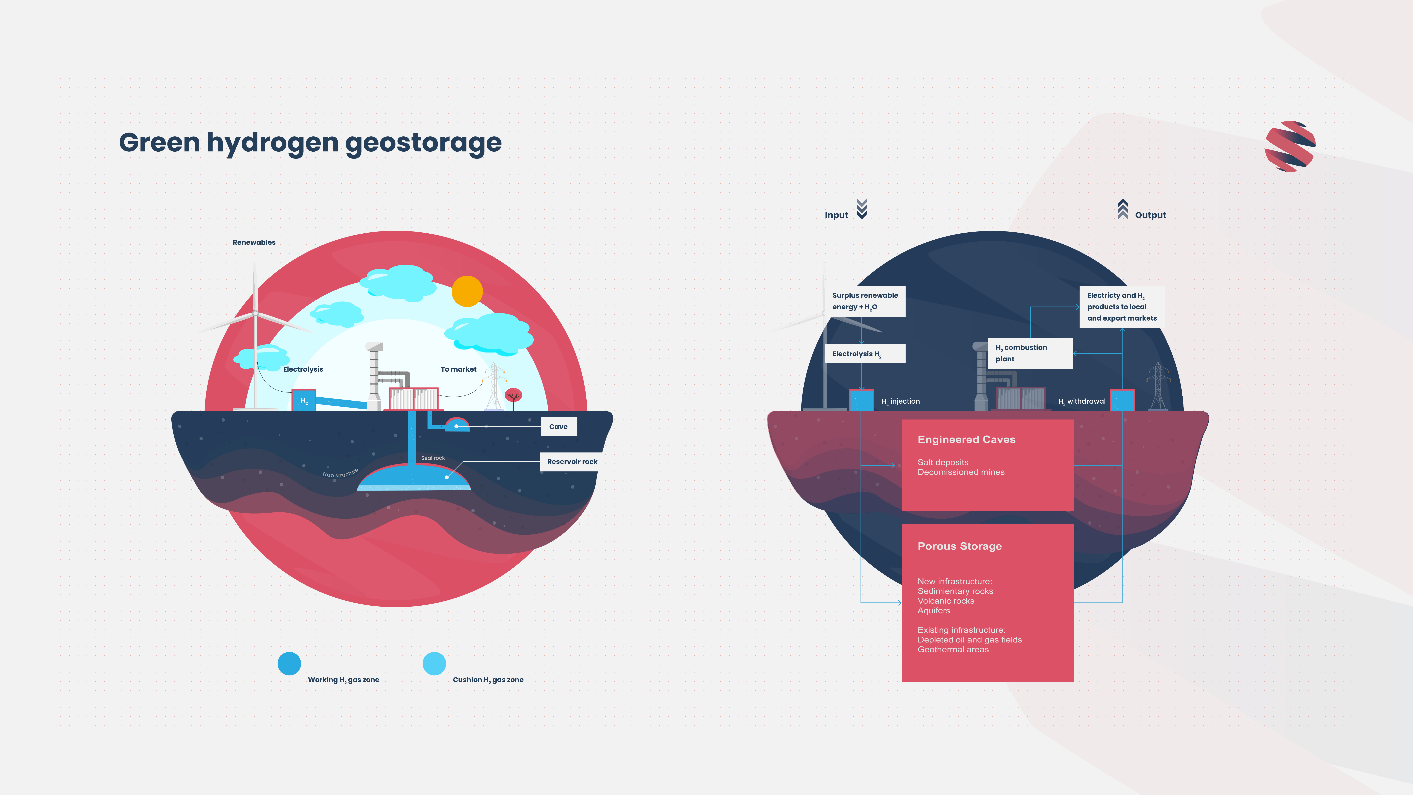
Objectives of the service

As the energy transition progresses, renewable energy sources need to be backed with energy storage to balance energy grids and markets. Although batteries are a viable option, they are expensive and environmentally unfriendly at large scales. Nature offers us extensive reservoirs underground, which can be used for simultaneous energy and fluid storage, far more common than similar surface applications like pumped-hydro storage, which are limited by geomorphological settings. Within the frame of the project, we are proving the viability of investments in technologies like green hydrogen storage to secure the needs of the future energy mix. During the first case study, GeoStorage is focusing on Poland, where the energy transition needs innovative approaches to tackle long-term climate goals. Within the terrestrial track of the project, we aim to provide a strategic investment analysis for the national administration and Polish energy companies. The space track of the project aims to translate terrestrial practices in underground storage to a planetary environment. Similar problems are faced both on Earth and in space when renewable energy sources are used. To prepare for a long-term habitation of the Moon, we can utilize known and prospective geologic formations, such as lava tubes or ice caves, as reservoirs for shared In Situ Resource Utilization and Environmental Control and Life Support System infrastructure.
Users and their needs
Countries like Poland that are transitioning to renewable energy sources need adaptable solutions for their electric power systems that can meet variable consumption needs and operate under conditions of increasingly variable power production. Until a certain level of renewable energy sources is reached in the energy mix (15 to 25%), integration of wind and photovoltaic sources can be managed using the existing flexibility of the systems. However, with the current climate goals, energy storage is crucial to counter the variability of demand and supply. Although it may have a lower efficiency than other types of storage, geologic energy storage can provide the highest capacity long-duration energy storage when integrated into national energy grids.

Service/ system concept
Underground energy storage of hydrogen is an energy-dense form of energy storage that has the potential to revolutionize the way energy is managed and distributed. It allows for the rapid deployment of renewable energy solutions without the need for extensive infrastructure investments, is cost-effective, and eliminates the need for battery plants. Additionally, it has the potential to reduce carbon emissions and rare earths exploitation. The long-term vision for underground energy storage of hydrogen is to create a more efficient energy system with renewable energy solutions that are more cost-effective and accessible. It can also leverage price arbitrage and strategic resource management services in both electricity and fuel markets. Analogies also present the system as a viable concept for planetary habitation and ISRU.

Space Added Value
The space track of the project focuses on the international plans for the development of lunar outposts and their gradual expansion into permanent lunar bases. The Artemis Base Camp, International Lunar Research Station, and Moon Village programmes provide important location and energy considerations that can be integrated into the concepts for geologic energy storage on the Moon. The technology concepts developed in the frame of our project provided a direction for future development, but, due to a lack of certain geologic data, also provided further requirements for site selection and basic science on the Moon and in ground test. Most importantly, the ability to integrate geologic energy storage into the broad habitation architectures showed promise for higher sustainability and de-risking of such facilities, providing an important infrastructure and business element of via shared ISRU and ECLSS.
Current Status
Our project provided some of the first insights into the applicability of geologic energy storage in Poland as the mean of bridging the gap between energy transition targets, national grid stability and alternative fuels of the future. We have investigated multiple storage technologies and geologic formations to conclude that green hydrogen storage in salt caverns should be Poland’s first choice in large-scale energy storage technologies.
During the course of the study, we have investigated the economic feasibility of a large-scale plant development and operations, and concluded that such strategic investments can have sound cashflows over 10 to 20 year timeframes.
We have also laid out a plan for further geostorage activities de-risking large-scale deployment both on Earth and in space. A series of fundamental studies are needed to properly understand the nature of plausible lunar deposits that could host hydrogen as a mean to store both energy and material within the vicinity of mining and habitation bases. In Poland, work on a small-scale verification project will be continued under European and national funding opportunities.




